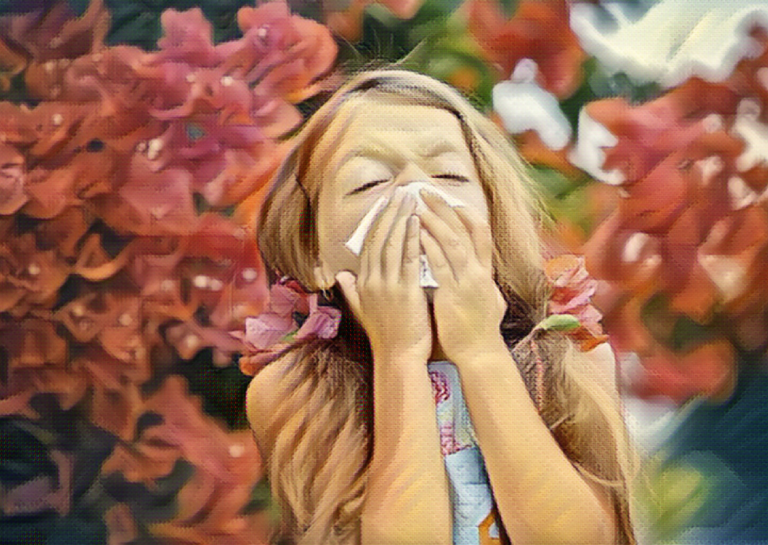Overview
Allergies are a common issue among children, with studies showing that around 40% of children in the United States have some type of allergic condition. Allergies occur when the immune system overreacts to a usually harmless substance, such as pollen or food. This overreaction can lead to symptoms such as sneezing, itching, and difficulty breathing.
Symptoms
Symptoms of allergies in children can vary depending on the type of allergy and the substance to which the child is allergic. Common symptoms include:
- Sneezing and a runny or stuffy nose
- Itchy and watery eyes
- Hives or rash on the skin
- Swelling of the face, lips, or tongue
- Coughing or wheezing
- Stomach pain, vomiting, or diarrhea (in cases of food allergies)
Symptoms can be mild or severe, and in some cases, can lead to a life-threatening reaction called anaphylaxis.
Causes
The causes of allergies in children can be divided into two main categories: inherited and environmental.
Inherited causes refer to genetic factors that make a child more susceptible to developing allergies. Children with a family history of allergies, such as asthma or eczema, are more likely to develop allergies themselves.
Environmental causes refer to the substances that a child is exposed to, such as pollen, mold, pet dander, and certain foods. These substances can trigger an allergic reaction in a child who is genetically predisposed to allergies.
Treatment
Treatment for allergies in children will depend on the type and severity of the allergy. In some cases, avoiding the substance that triggers the allergy is the best course of action. For example, if a child is allergic to pollen, keeping windows closed and staying indoors during high pollen days can help to reduce symptoms.
Medications such as antihistamines and nasal sprays can also be used to alleviate symptoms. In some cases, immunotherapy, also known as allergy shots, may be recommended to help desensitize a child to the substance to which they are allergic.
Prevention
Prevention of allergies in children is largely focused on avoiding the substances that trigger an allergic reaction. This can include things like keeping windows closed during high pollen days, keeping pets out of the bedroom, and avoiding certain foods.
In some cases, early exposure to certain substances, such as peanuts, may help to prevent the development of allergies. However, this approach should always be discussed with a healthcare provider.
Citations
“Allergies in Children: Symptoms and Treatment.” Mayo Clinic, https://www.mayoclinic.org/diseases-conditions/allergies/symptoms-causes/syc-20351497
